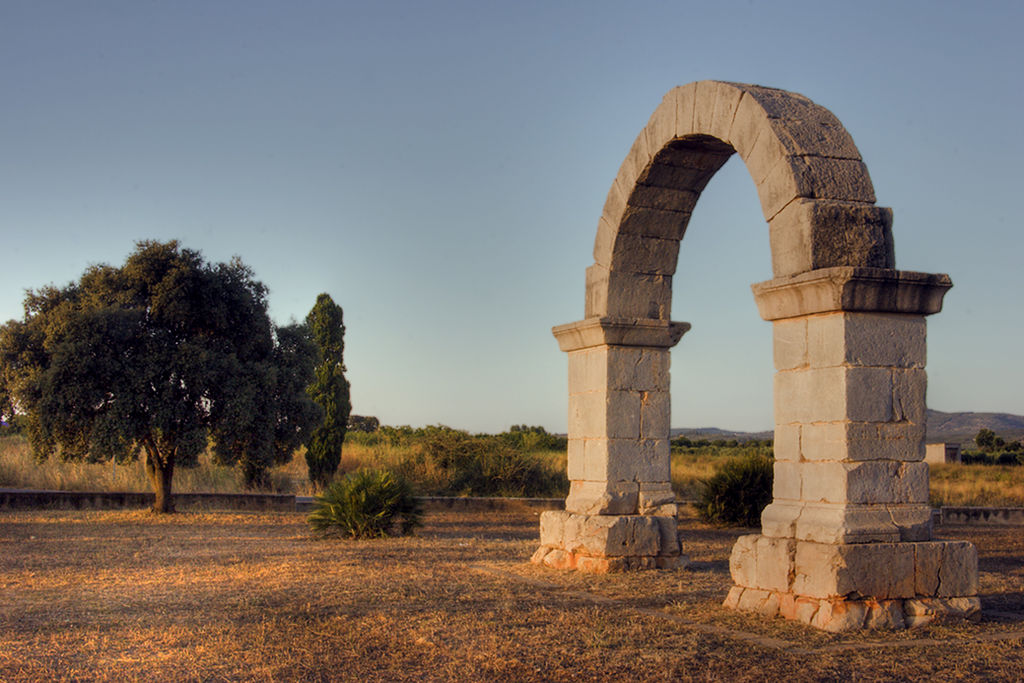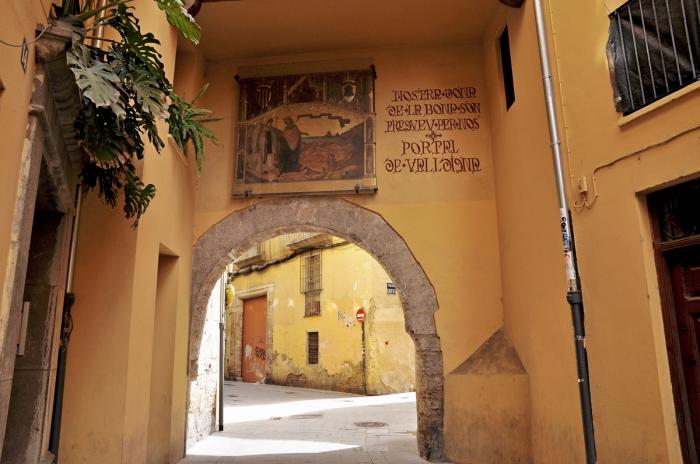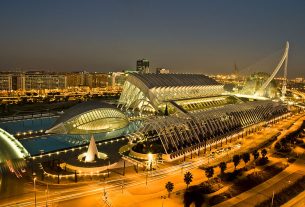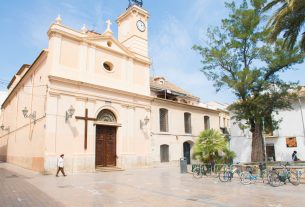Valencia is one of Spain’s oldest cities, with a history tracing as far back as 2,100 years. In the first of a three-part series, we offer you a glimpse into life before the 15th century.
The Roman settlers (138 BC – 554)
“Valentia Edetanorum” – this is the name the Romans gave the new settlement, which meant “Valour in the Edentia Region”.
The Romans settled in the area for its strategic location beside the sea and for the Via Augusta – a road that leads straight to the Roman capital. But political turmoil soon caused Roman military and political leader Pompey the Great to raze the city in 75 BC. It would take 50 years for the population to bounce back.

Today, traces of the Romans remain, such as in the archaeological museum, Museo de la Almoina, and in the Plaza de la Virgen, which stands where the Roman city centre once was. North of the city, passengers riding the highway can also catch a glimpse of the Arc de Cabanes – a triumphal arch built in the 2nd century AD.
Muslims in the Mix (714 AD – 1238)
A Germanic tribe of Visgoths took over the city after Roman rule. But it quickly lost control to the Berbers and the Arabs — the Moors. “Valentia” became “Medina al-Turab“, also known as the City of Sand. Sometimes, it was also called the “Medina bu-Tarab” or City of Joy.
The Moors brought goods from their homeland in Africa, including oranges – Valencia’s most prized produce today – and spices that are believed to have inspired the creation of Paella.
But again peace did not last long, this time because of religion. A game of tug-of-war ensued between the Christians and the Muslims, with places of worship converted between mosques and churches several times.

Hence, while the majority of Valencia City’s population today is Catholic, hints of Moorish life remain. They include the Portal de la Valldigna, which once served as the entrance to the Arab quarters, the Almudín de Valencia, a granary that’s now an arts venue.
How’s that for an exciting early history. In the next part of our series, we take you to the Golden Age of Valencia – the period of architectural wonder.




